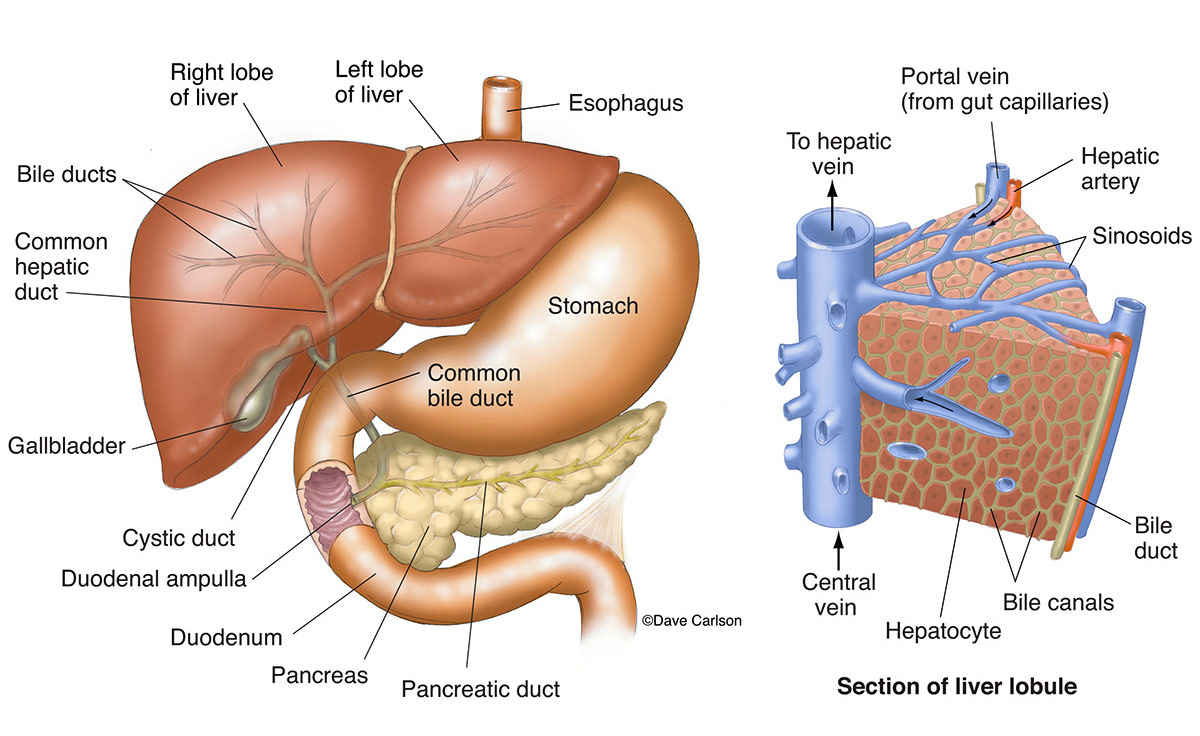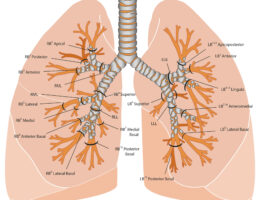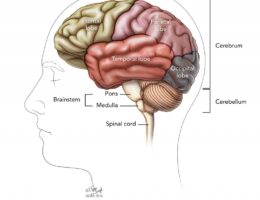The liver is a large, vital organ located in the upper right portion of the abdomen. A labeled diagram of the liver may include the following parts:
- Right lobe: The larger lobe of the liver, which is located on the right side of the body.
- Left lobe: The smaller lobe of the liver, which is located on the left side of the body.
- Gallbladder: A small, pear-shaped organ that stores bile produced by the liver and releases it into the small intestine to aid in digestion.
- Hepatic duct: A tube that carries bile out of the liver and into the gallbladder or small intestine.
- Hepatic artery: A blood vessel that supplies oxygen-rich blood to the liver.
- Hepatic vein: A blood vessel that carries blood away from the liver and back to the heart.
- Portal vein: A large blood vessel that carries nutrient-rich blood from the intestines to the liver for processing.
- Common bile duct: A tube that carries bile from the gallbladder and liver to the small intestine.
The liver has many important functions, including producing bile, which helps to digest fats, processing nutrients from food, filtering toxins from the blood, and regulating blood sugar levels. The liver also plays a role in storing vitamins and minerals, producing blood-clotting proteins, and breaking down old red blood cells. The liver is a very resilient organ, but it can be damaged by a variety of factors, including alcohol consumption, viral infections, and certain medications.




